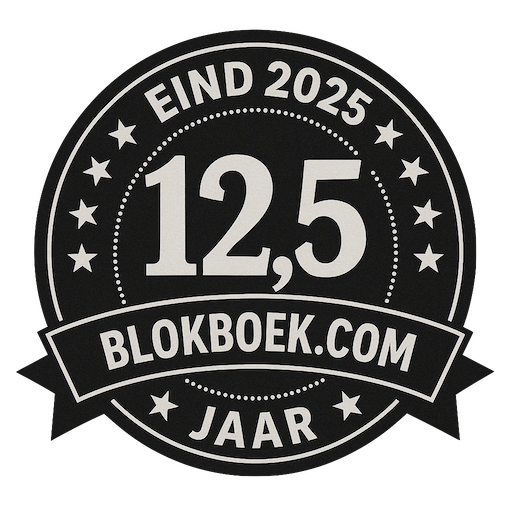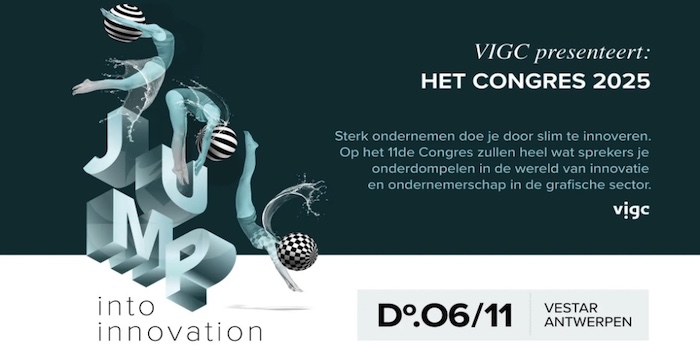Wild Format 10.2: The Art And Science Of Very Fine Drops
Inkjet is unique amongst printing technologies, there is no other option to print on such a wide varieties of substrates with such efficiency and ease. Just how does it work, and what does it all mean to a print buyer?
When Germans come across some fine spirits or wines, they often colloquially say “Das ist aber ein gutes Tröpfchen”, which may roughly be translated as “this indeed is a very fine little drop”. This is not a common English phrase, but still is just the perfect way to describe inkjet inks: very, very fine drops.
Inkjet printheads in modern small-format photo printers are able to jet drops as small as 1pL (a picolitre which is one trillionth of a litre), while high quality wide-format inkjet printheads usually offer around 10pL as their smallest drop size. Tiny drop sizes are generally desirable, because they guarantee fine detail, crisp type and perfect gradients. The nozzles to achieve this have to be minuscule. So as not to clog these, particle sizes in inkjet ink are usually under 200 nanometres in diameter, while in an analogue dispersion they are bigger than 10 micrometres.
The basic ingredients of conventional and inkjet inks are not so very different – a mix of pigments and/or dyes, solvents (including water) and additives to prevent sedimentation, clogging, deterioration or to help the ink dry more quickly on the substrate, but not while printing. What makes inkjet inks so precious, is the enormous effort required to ensure the smallest particle size, purity and uniformity. Designing inkjet inks is indeed high-tech; companies like Fujifilm or Agfa spent millions on their research and production facilities. Inkjet inks are always specifically designed for a certain inkjet printhead type or family.
While changing printing ink to meet the needs of different applications is the norm within analogue printing technology, it is often impractical with inkjet printers. Most inkjet printers come with one type of ink which they print for their entire lifecycle. There might be more than one sort of ink available, typically a third party, budget or very flexible option for use say with car wrapping or thermoforming applications. But even so, changing inks is a hassle so tends not to happen all that frequently. Most inkjet inks are able to work with a very wide range of roll-to-roll or flat rigid substrates, though a receptive coating or primer may be needed. HP Latex printers, for example, can print on a very broad range of materials from papers to PVC and non-PVC banner, back- and front-lit materials, canvas and even textile substrates using just one type of ink.
A Quick Update On Inkjet Technology
As a fully digital technology, inkjet printing does not require a printing plate. The finished designs are transferred directly to a Raster Image Processor (RIP), which calculates the raster data viewed on screen for output at a resolution suitable for the printhead and quality expectation, calculating drop sizes and placement frequency as required. Thus small print runs are economically viable and customised/variable print content is commercially feasible. High-speed inkjet presses like the EFI Nozomi C18000 are able to run at up to 75 linear metres per minute, pushing inkjet and customisation further into high-volume printing for the global packaging industry.
Inkjet inks are able to print onto almost any surface from paper to metal. Photo: Sonja Angerer
Most wide and super-wide format inkjet presses work with grey-scale Piezo inkjet technology: a Piezo crystal bends when exposed to an electrical current forcing drops to be ejected from the printhead in sizes suitable for the colour density and overall image quality requirement. Piezo inkjet technology is suitable for a wide variety of liquids, including functional fluids for solar panel or consumer electronics production. White and metallic speciality inks, such as those used in Mimaki inkjet printers, are currently only commercially available for Piezo inkjet heads technologies.
Unlike conventional analogue printing presses, inkjet printing often takes advantage of more than four process colours. Adding light (50%) Cyan and Magenta makes for more natural skin tones, adding Red, Blue, Green or Orange helps to expand the colour gamut to include almost all Pantone colours. Using up to three additional black inks can guarantee photo lab grade black-and-white photo prints.
The individualised printed smartphone cover was a product that could not have been introduced without UV-curing or sublimation inkjet technology. Photo: Sonja Angerer
Thermal inkjet heads are known for having a very large number of individual nozzles and ejecting water-based inks by forming minuscule heat bubbles inside the head. HP Page Wide and Memjet Waterfall Technology harness an integrated circuit production process to create very fast print and cost-efficient thermal inkjet heads for the wide format, commercial print, marking and packing print industry.
Inkjet? It’s All French To Me!
A typical print buyer might not be very interested in inkjet technology itself, but first and foremost in the options the technology offers. It is still important to know, that even though inkjet as a technology is able to print onto almost anything, not every inkjet is suitable for any application.
With sublimation or dedicated textile inks it is possible to turn the dream of designing your very own tablecloth into reality easily. Photo: Sonja Angerer
Water-based inks are best when used for indoor or short-term outdoor applications. For perfect image quality, a reception layer on the substrate is required – printing on just any paper or self-adhesive will end with blurry or smudged colours. HP Latex inks are often included into the “water-based” category, as they share their typically odourless, planet-friendly qualities. The outdoor durability of HP Latex prints extends up to three years in Central European weather conditions, and up to five years with lamination.
Water-based dye sublimation inks are typically used with polyester-based substrates, for example sportswear. Both transfer and direct sublimation is common, embedding the ink deep into the fibre. Gifts and promotional items like printed mugs and plates also very often are the result of an inkjet sublimation process.
Solvent and eco-solvent based inks are most suitable for printing onto vinyl and self-adhesives, because the solvents help the inks to “sink” into an uncoated substrate, rendering prints very durable even when stretched or under harsh weather conditions. Eco-solvent ink prints are mainly used for outdoor applications, stickers and car wrapping. Typical outdoor durability is up to five years.
(Eco) solvent and UV-curing inks are most often used for outdoor applications. Photo: Sonja Angerer
UV-curing inks could legitimately be called “jack-of-all-trades” inks, because, being cured with powerful UV-lights about a second after jetting, they stick to almost any type of uncoated rigid or flexible surface, including textiles, forming a matte or glossy layer of ink on top of it as the application requires. They are common for indoor and outdoor use, with outdoor durability up to five years. Depending on ink brand and substrate, prints may have a typical, but non-hazardous smell. UV-inks are available in white and some spot colours, as well as clear for beautiful spot varnish and textured 3D effects.
The Future Is Now
Inkjet has also been taking over many industrial processes where pictures, coatings or functional decors previously have been the prerogative of a screen or pad printing process. Taking advantage of inkjet’s unique ability to print singular items, it is now possible to design custom curtains, bed linen, glass decor, laminate, cork or wooden floors, carpets, tiles and other ceramics and have them produced in industrial grade quality even in small batches.
There has never been a better time to design and deploy the most amazing advertising and marketing campaigns than today. Inkjet makes it possible to harness the power of an individualised media universe to influence, inform and delight. All you need is creativity!
Sonja Angerer
The Wild Format guides are intended to expand awareness and understanding of the craziness that can be created on wide format digital printing devices, from floors to lampshades and everything in between.
These guides are made possible by a group of manufacturers working together with Digital Dots. Together we hope you enjoy the articles and that you put into practise what you learn. If you want to talk about it, go to our LinkedIn group via this link.
Enjoy and Go Wild!

De trainingen voor 2022 staan gereed. Kijk voor het volledige online aanbod van bestaande- en nieuwe trainingen op de website.
BLOKBOEK.COM EN PRINTMEDIANIEUWS: HET OPTIMALE DOELGROEP BEREIK






















